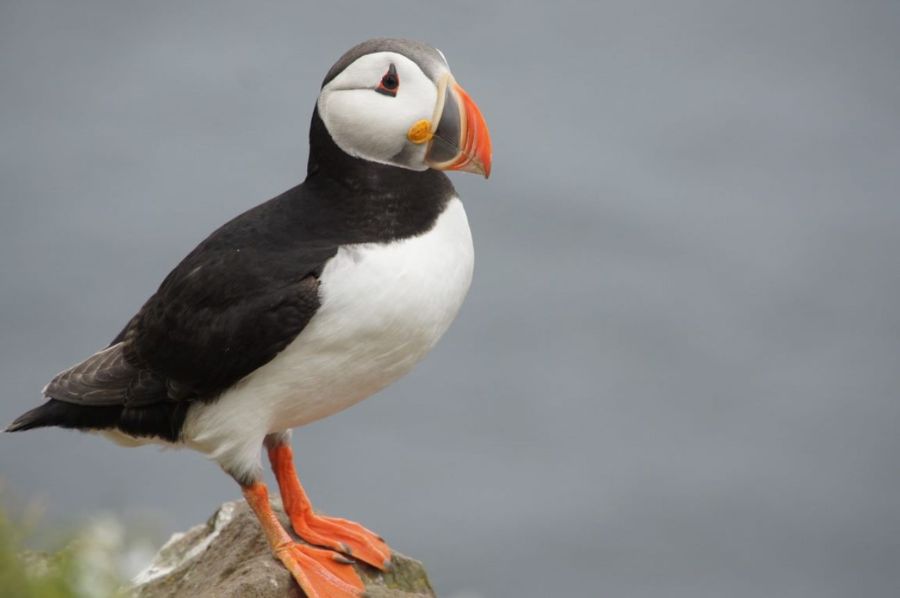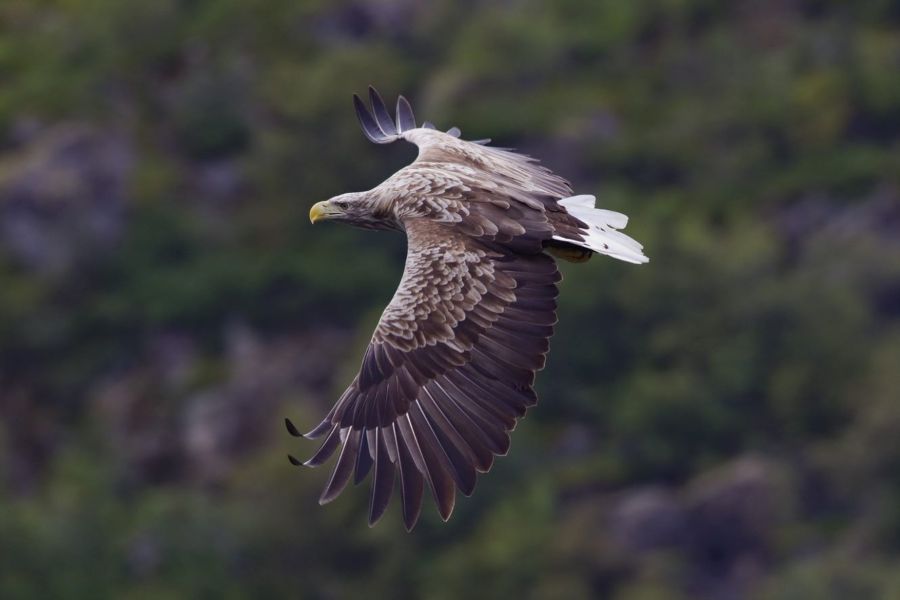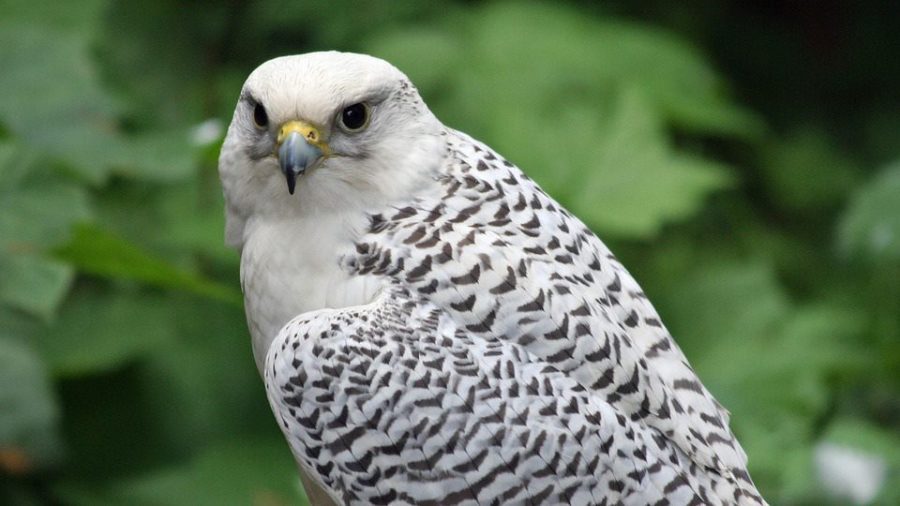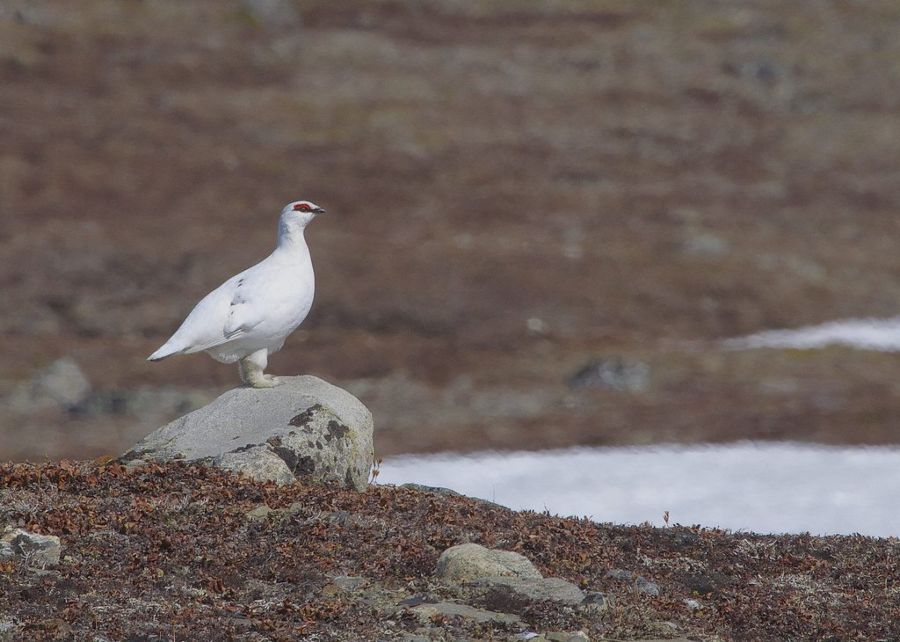Iceland is a fantastic place to discover natural hot springs hidden all around the country. This is because of Iceland’s volcanic activity. This is why you can find dozens of geothermally heated pools around the ring road. Being a geologically active nation, new hot springs frequently pop up with earthquakes and eruptions, bringing fresh hot…
Bird watching in Iceland (or birding) is an intense activity. Many of you will enjoy spending a day out trying to spot birds and puffins in their natural habitat and perhaps shooting them. With a camera, of course. One quite interesting and very cute bird is the puffin, and it just so happens you can find it in Iceland. Perhaps, you won’t need to look hard for exotic species! Bring warm clothes and keep in mind that the days are quite short during the colder months.
The fact is 360 bird species have been recorded in Iceland, and about 85 species nest here. The geographical location of Iceland is far up north in the Atlantic, where birds from both sides of the Atlantic Ocean meet up. These include common birds from the northern regions of Europe as well as American birds such as the great northern diver.
The best time to see puffins and birds in Iceland
The best time for a birding trip in Iceland is late May – June when all the migrants have arrived and the birds start to defend their territories. During late spring, a birding trip to Iceland will typically yield 70-80 species. Many species abound at this time of year, so should be easy to find. This means the end of hibernation for most Icelandic birders once the days start getting longer. At this time of year, Iceland enjoys 24-hour daylight allowing for around-the-clock birdwatching. Icelanders are fond of saying that the European golden plover clears away the snow with its arrival. By then, the migrant species have arrived as well and are preparing their nests.
However, if you want to focus on the puffin season in Iceland, the best time to visit is exactly between May to Mid-August. Many travelers want to know where to see puffins in Iceland and luckily there are plenty of puffin tours available.
We offer you to check out the best puffin tours offers from our partners. CampEasy provides a carefully selected, constantly updated tour catalog, and TOP 50 activities from top tour operators in Iceland.
While the winter season lacks the same abundance of species as the summer season you can still find gyrfalcons, merlins, white-tailed eagles, snowy owls, short-eared owls, rock ptarmigans, and several common nordic sea birds.
Puffins – the symbol of Iceland

We’d be amiss not to mention the Atlantic puffin (Fratercula arctica). This bird quickly became an emblem of Iceland, and many tourists come specifically to see this clown of the sea. Each year over 5 million puffin nests can be found in Iceland. It is also common to spot them as soon as you leave the coast. Puffins are considered a “vulnerable “species by the International Union for Conservation of Nature. For that reason, CampEasy staff does not recommend consuming puffin in restaurants. In the wild, stay back, do not approach, or touch them. If you want to interact with them, we recommend you visit the puffin rescue center in the Westman Islands.
If you want to know more about puffins in Iceland, we encourage you to check out Beluga Whale Sanctuary. They take care of injured puffins found in the Westman Islands and baby puffins in need of extra care.
Which unique birds can you see?

While puffins are the most recognizable birds in Iceland, there are plenty of other interesting species. One of them is the white-tailed eagle, fully protected since 1994. It is Westfjord’s most famous resident and is, of course, one of the most popular with birders. It is shy so do not approach it. In Iceland, its diet mainly consists of sea birds such as eider ducks.

Gyrfalcon is also known as the hunting bird. It is Iceland’s National Animal. It mainly consumes fish and other mammals. However, it is not harmful to human beings and is very useful to the balance of the Icelandic ecosystem. You may spot it while driving around the grass fields.

Ptarmigan is a typical Icelandic bird that lives on the ground and is a resident bird, as in it doesn’t migrate. It is an easy bird to spot since it could start flying in front of you during your hikes. It turns white over the winter to hide in the snow. The ptarmigan is a major food source for predators in Iceland. An excellent place to see and take a nice picture of it is Skaftafell national park or Hrísey highland. The birds there are a lot tamer than elsewhere and you probably wouldn’t disturb them.
Protection of birds
When visiting breeding grounds around Iceland, make sure not to wander off the marked trails, as nests can be located anywhere. Almost all birds in Iceland are floor breeders. Therefore, we recommend taking care to avoid disturbing their nests and eggs when hiking in nature.
Top spots for bird watching in Iceland
Where to see puffins in Iceland & other Icelandic birds?
Use the Easy Guide to get there!
Use the tips in this post to create your trip. Add as many birding spots as you want on your way!
We have spotted all the cliffs, lakes, and homes for birds in the EASY GUIDE. You can also contact the local tourism office to get a map of the Icelandic birding trails, mainly located in north and northeast Iceland. Look for wildfowl on the ponds and lakes; on the lava cliffs at the tip of the peninsulas; among basalt columns and lava arches; on the ice-scoured mountains of the north coast!
It is not necessary to organize a special trip to watch birds in Iceland in their natural habitat. Most of them you can spot while visiting some of Iceland’s main attractions, like the Golden Circle. You just need a little bit of luck!
What about a flying dragon?
Eagles get a special mention in Icelandic folklore and medieval poetry, and quite a few places are named after them. One story tells us that a person could sneak pure gold into an eagle’s nest. If they were lucky, one of the eggs was infertile, and if it lay beside the gold a flying dragon would hatch. A flying dragon!
However, if there were no eggs in the nest, there was no need to worry. The gold would turn into a wishing stone and your wildest dreams would be fulfilled.
Unfortunately, we cannot bother eagles to try it out, and we have yet to see a flying dragon in Iceland.
Keep your binoculars close to you while bird watching in Iceland!
Other Blog Articles
Cairns are man-made piles of stones, and you´ll probably notice them when you drive around Iceland. They vary in size and shape, ranging from a few small rocks piled up randomly, up to very tall and well put together structures. They’re usually made from lava rocks.
